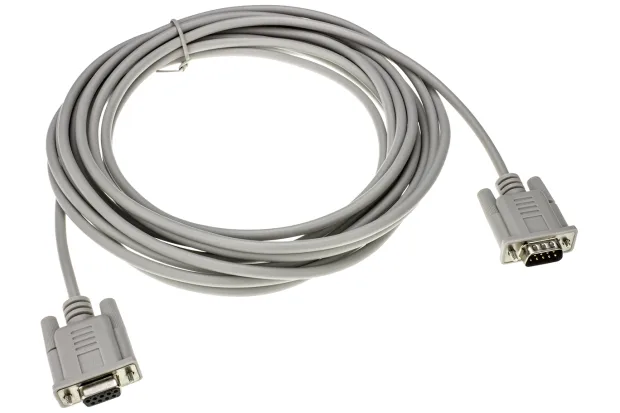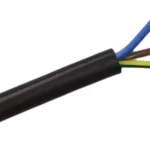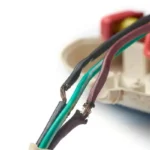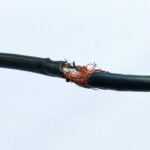
what is rs232 cable
RS-232 is one of the oldest and most reliable standards in serial communication. Whether you're dealing with legacy systems or connecting industrial devices, RS-232 cables are still relevant in many applications today. In this article, we'll explain:
✅ What RS-232 cable is
✅ How it works
✅ What RS-232 is used for
✅ Common pinouts and connectors
✅ RS-232 vs RS-485 and USB
🔍 What Is RS-232 Cable?
An RS-232 cable is a type of serial communication cable used to transmit data between two devices using the RS-232 protocol. This standard, introduced in 1962 by the EIA (Electronic Industries Alliance), defines voltage levels, timing, connectors, and pin assignments for serial communication.
Key Characteristics of RS-232 Cables:
Supports point-to-point communication (1-to-1)
Uses single-ended signaling (unlike differential RS-485)
Operates over short distances (typically up to 15 meters / 50 feet)
Transfers data at relatively low speeds (up to 115.2 kbps or more)
🧰 What Is RS-232 Used For?
Despite being an older technology, RS-232 is still widely used in many industries for simple, stable communication between two devices. Common use cases include:
✅ Industrial and Commercial Applications
Connecting PLCs (programmable logic controllers)
Communicating with CNC machines
Configuration of network equipment
Serial console access for servers and routers
✅ Consumer Electronics
Serial ports on older PCs and laptops
Interface for modems, printers, and barcode scanners
Programming ports on devices like projectors or digital signs
✅ Test and Measurement Equipment
Oscilloscopes, multimeters, and logic analyzers
Data loggers and sensors that use RS-232 for output
🔌 Common RS-232 Cable Types and Connectors
RS-232 cables typically use these connectors:
| Connector Type | Description |
|---|---|
| DB9 (DE-9) | 9-pin connector, most common today |
| DB25 | 25-pin connector, common in older systems |
| RJ45 (custom) | Used in some devices for RS-232 signaling over network cables |
| USB to RS-232 | Adapters used to connect modern PCs to legacy RS-232 ports |
Cable wiring can be straight-through or null modem depending on whether you're connecting a DTE (Data Terminal Equipment) to DCE (Data Communications Equipment) or another DTE.
🆚 RS-232 vs RS-485 vs USB
| Feature | RS-232 | RS-485 | USB |
|---|---|---|---|
| Signaling | Single-ended | Differential | Digital (complex) |
| Devices | 1-to-1 | Multi-drop (up to 32) | 1-to-many via hub |
| Max Distance | ~15 meters | ~1,200 meters | ~5 meters (USB 2.0) |
| Noise Immunity | Low | High | Moderate |
| Modern Usage | Industrial legacy | Industrial networks | Consumer devices |
🧯 Advantages and Limitations
Advantages:
Simple and well-documented
Inexpensive and easy to implement
Still supported in many industrial systems
Limitations:
Limited distance and speed
Not suitable for noisy environments
No multi-point communication
📌 Summary
RS-232 cable is a time-tested serial communication solution for short-distance, low-speed data transmission between two devices. It's still widely used in industrial control, equipment configuration, and embedded systems due to its simplicity and reliability.
📞 Need RS-232 Cables for Your Project?
TOT Wire & Cable provides custom and standard RS-232 cables with DB9, DB25, and USB interfaces, suitable for industrial and commercial use.
👉 Contact us for pricing, availability, or technical support.




